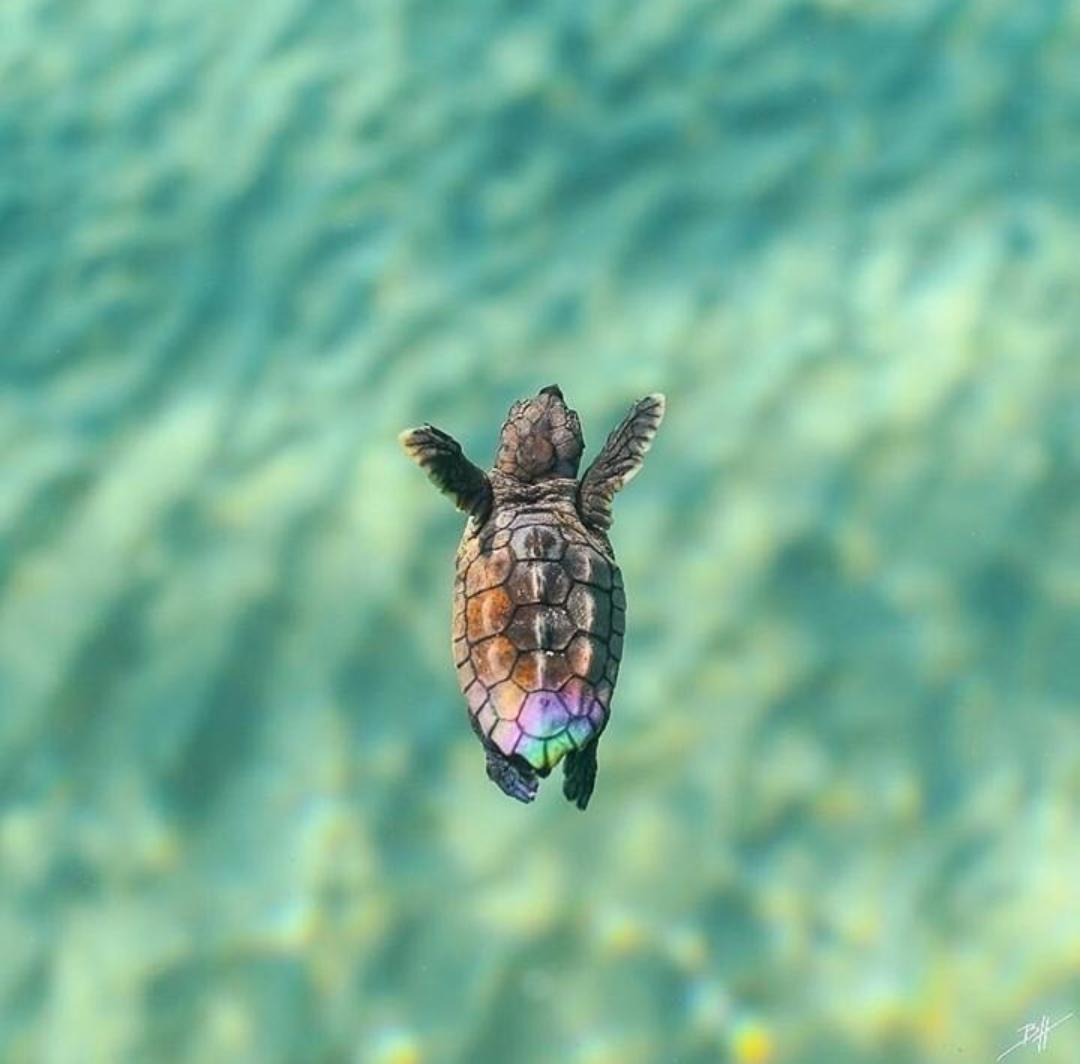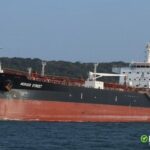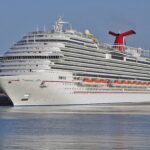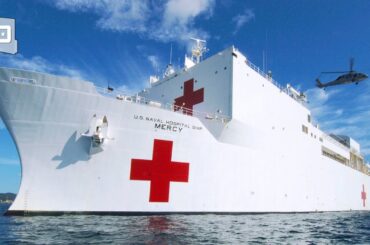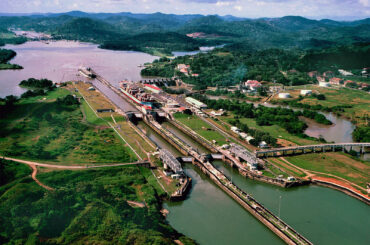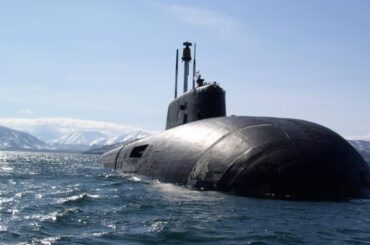An international team of researchers discovered that due to their eating patterns, baby turtles are more likely than adults to swallow plastic garbage polluting the water.
Hatchlings and juvenile turtles mistakenly swallow microplastics, which can cause malnutrition, internal damage, and suffocation, according to 18-month research.
Researchers from universities in Australia and the United Kingdom studied more than 120 turtles from across the world that had been stranded or mistakenly caught in fishing nets as part of the study.
Young turtles were more likely than older turtles to absorb microplastics while traveling through areas such as the East Australian Current, according to Mark Hamann, professor of marine biology at James Cook University in Townsville.
“Once they head off from the nesting beach in Australia, they move quickly out into these off-shore oceanic currents,” he said.
“When they’re in those currents, they’re eating whatever they can … whatever looks and smells like food.
“Unfortunately, there are small pieces of plastic mixed up with the small pieces of plankton and that’s what they’re eating.”
A turtle discovered in the Pacific Ocean has consumed 144 plastic bits.

“These are really small turtles, smaller than the ones that people would be familiar with seeing snorkeling or diving off the reef,” Professor Hamann said.
Plastic ingestion and entanglement have now been observed for every species of marine turtle, according to the study, which was published in Frontiers in Marine Science.
Post-hatchling turtles had evolved to explore the oceanic zone or shallow coastal waters, where they fed opportunistically on a variety of species, according to the marine researchers.
“Normally, these habitats are ideal for their development, but the rapid introduction of plastic debris among their natural food items has made the environments risky,” Professor Hamann said.
He stated turtles were not consuming whole items like plastic bottles or bags but very small pieces of plastic.
“They break down in the environment, through UV exposure or getting tossed about in waves, and the turtles are eating these fragments,” he said.
Small fragments of pollution, on the other hand, can do a lot of harm to young turtles. Internal lacerations caused by swallowing plastic can induce malnutrition or suffocation in turtles. Professor Hamann believes that the greatest method to safeguard marine life is to keep garbage out of the water in the first place.
“We can clean our beaches and we can design systems to clean plastics out of the ocean but they’re time-consuming and very expensive.
“Reducing the amount of plastic that gets into the environment — that’s going to be the key,” he said.
In addition to researchers from many marine biology authority, the research team included members of Deakin University in Gelong and Murdoch University in Perth, the University of Exeter in the UK.

